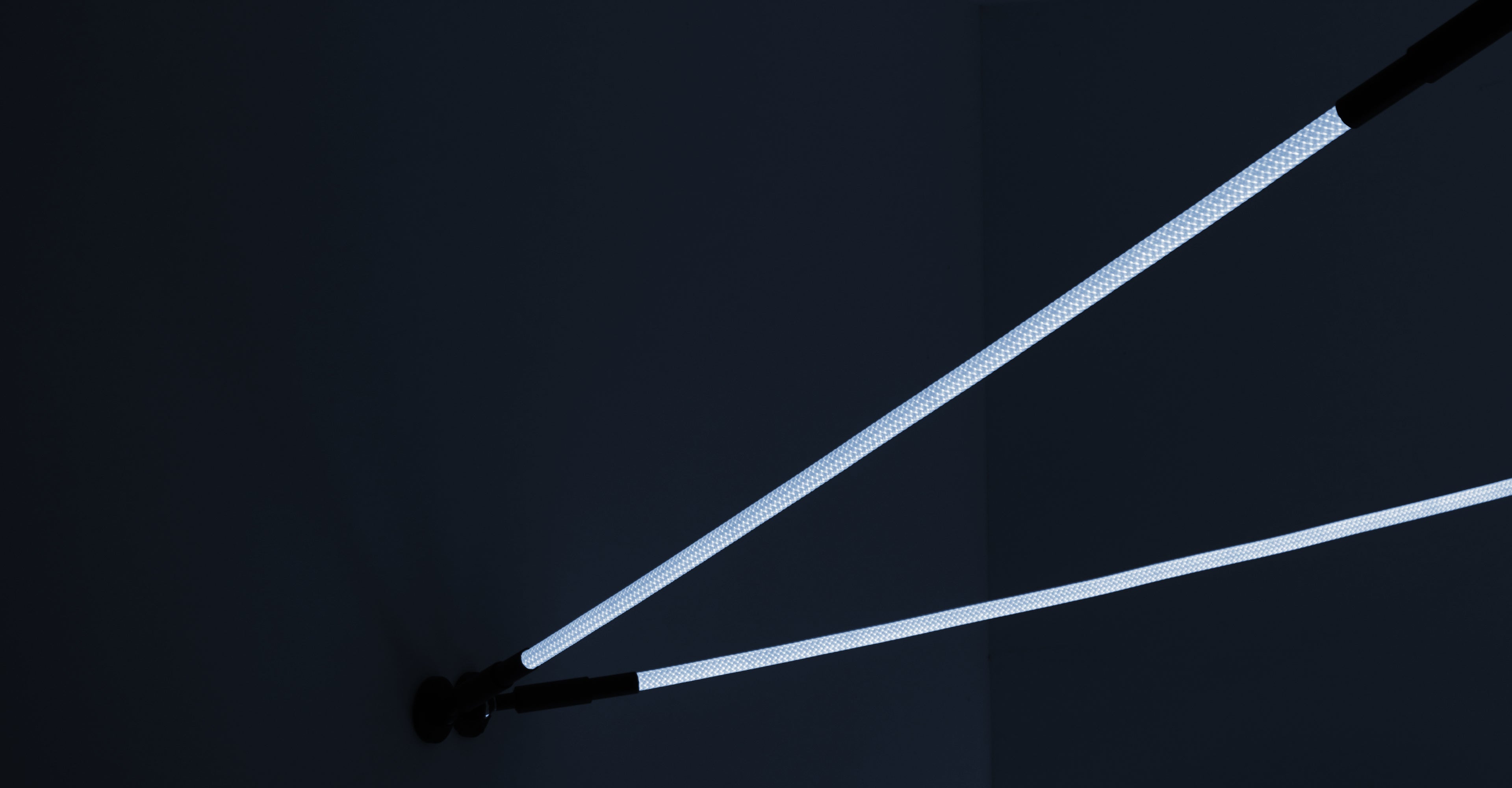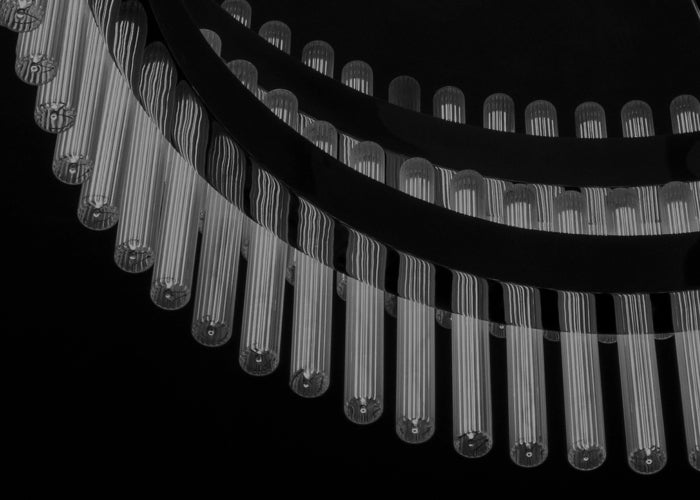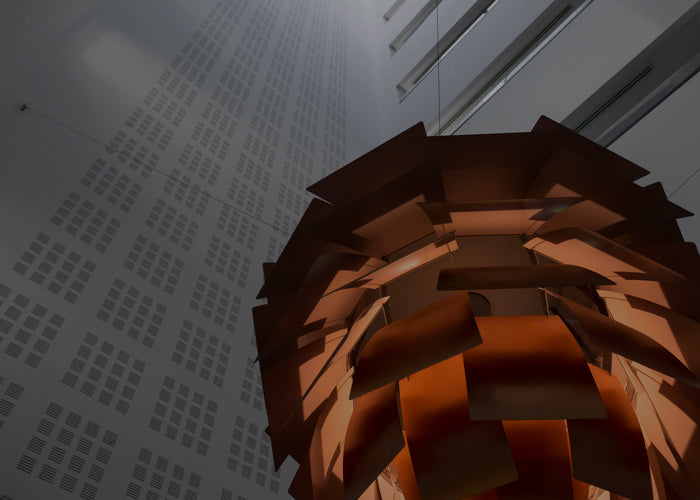What is a Ceiling Light?
A ceiling light is a lighting fixture installed on the ceiling, commonly referred to as a "ceiling fixture" or "flush mount fixture." They are mounted directly onto the ceiling, flush or nearly flush with it, without hanging down. Ceiling lights come in various shapes and styles, such as round, square, rectangular, etc., and are made of different materials with various shade designs. This type of fixture is typically used to provide general illumination, covering a wide area, and is suitable for various settings like homes, offices, commercial spaces, etc. Ceiling lights are characterized by easy installation, practical functionality, and a clean visual aesthetic, making them widely used in indoor lighting.

Why Use Ceiling Lights?
- Provide overall illumination: Ceiling lights are designed as large fixtures that cover broad spaces and provide uniform light, essential for activities like reading, working, cooking, etc.
- Save space: Mounted on the ceiling, ceiling lights do not occupy floor space, making them ideal for compact or low-ceilinged rooms.
- Safety: Ceiling lights are sturdy and securely mounted, reducing the risk of being knocked or shaken, making them safer for homes, schools, offices, etc.
- Design versatility: Available in many styles to suit different decor needs, whether modern minimalist, vintage classic, or luxurious.
- Easy cleaning and maintenance: Positioned on the ceiling, they are less prone to dust and dirt, making cleaning simple with regular wiping.

Types of Ceiling Lights
- Flush Mount Ceiling Lights: Mounted flush against the ceiling, providing general or localized illumination.
- Semi-Flush Mount Ceiling Lights: With a slight gap between fixture and ceiling, offering balance between style and function.
- Pendant Ceiling Lights: Hang slightly lower, adding decorative elements while illuminating.
- Chandelier Ceiling Lights: More ornate and decorative, serving as focal points in rooms.
- Recessed Ceiling Lights: Installed into the ceiling, flush with the surface, offering a sleek minimalist look.
- Track Ceiling Lights: Adjustable heads along a track allow customizable lighting direction and focus.
- Spotlight Ceiling Lights: Direct focused light on specific areas or objects for accent lighting.
- Ceiling Fan Lights: Combine ceiling fans with integrated light fixtures for dual functionality.

Suitable Spaces for Ceiling Lights
- Living Rooms: Provide overall illumination, making rooms brighter and more inviting.
- Bedrooms: Offer comfortable lighting for relaxation and reading.
- Kitchens: Illuminate workspaces for cooking and food preparation.
- Dining Rooms: Enhance the dining experience with ambient lighting.
- Hallways and Entryways: Ensure safe passage with adequate lighting.
- Offices and Commercial Spaces: Create functional, well-lit environments for work or retail.

How to Choose the Right Ceiling Light?
- Space Size and Height: Large rooms need larger lights; for low ceilings, choose thinner designs to avoid bulkiness.
- Lighting Needs: Kitchens/offices need brighter lights; bedrooms/living rooms may need softer or dimmable lighting.
- Decorative Style: Match light design with room style (modern, classic, retro, etc.).
- Light Source Type: Options include incandescent, LED, fluorescent. LED is common for efficiency and long lifespan.
- Installation Method: Choose surface-mounted or recessed based on ceiling structure and preference.

Purchase Tips
- Accurately measure the space and plan installation.
- Develop a lighting plan to meet the area’s needs.
- Select fixtures that complement the space’s decor and ambiance.








